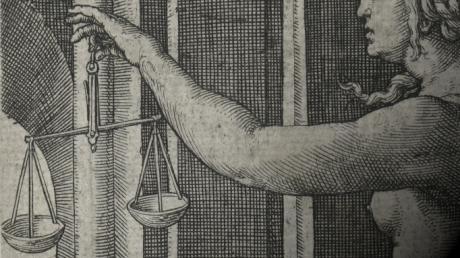Uhorská trestnoprávna dogmatika v dobe osvietenstva – pohľad na evolučné zmeny trestného práva hmotného v diele Štefana Husztyho
Criminal Law Dogmatics in Hungarian Substantive Law and the Criminal Law Theory of Stephan Huszty
Author(s): Adriana ŠvecováContributor(s): Blanka Szeghyová (Editor), Angelika Herucová (Editor)
Subject(s): History, Law, Constitution, Jurisprudence, History of Law, Criminal Law, 16th Century, 17th Century, 18th Century
Published by: Historický ústav SAV
Keywords: criminal law; criminal law dogmatics; Kingdom of Hungary; Stephan (István) Huszty; crime; Enlightenment;
Summary/Abstract: The developing science of criminal law in the Early Modern period in the Kingdom of Hungary, like elsewhere in Europe, produced few synthesizing works and manuals dedicated to the amendment of substantive and procedural criminal law of the time and its theoretical-dogmatic basis. All the while, Beccarian ideas of modernizing the science of criminal law resounded throughout Europe. One of the leading experts on Hungarian law in its complexity was Eger professor of law Stephan Huszty, who regarded the order of established estates as well as several traditional medieval legal concepts and institutions of punishment. The current study provides an overview of his concept of substantive Hungarian criminal law dogmatics based on the typified and standardized institutes, doctrines, principles, constructs and criminal law procedures previously constituted in the Middle Ages, which drew from the common European—in the case of the Kingdom of Hungary, particularly the German—legal tradition. These were normatively accepted and reflected in the basic sources of Hungarian criminal law. In addition to customary law, the primary source of Hungarian feudal law was the written, customary-law collection of the Tripartitum as well as the rigid, uncodified legislation and judicial practice, which lasted practically until the revolution of 1848.
Journal: Forum Historiae. Časopis a portál pre históriu a príbuzné spoločenské vedy
- Issue Year: 16/2022
- Issue No: 2
- Page Range: 99-121
- Page Count: 22
- Language: Slovak

